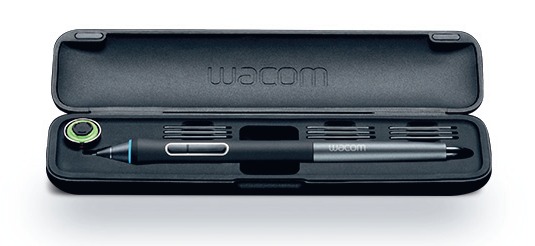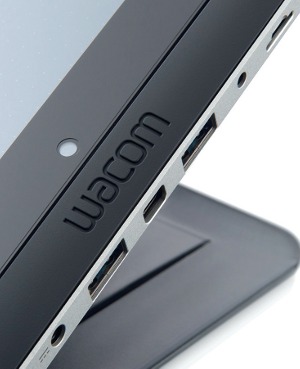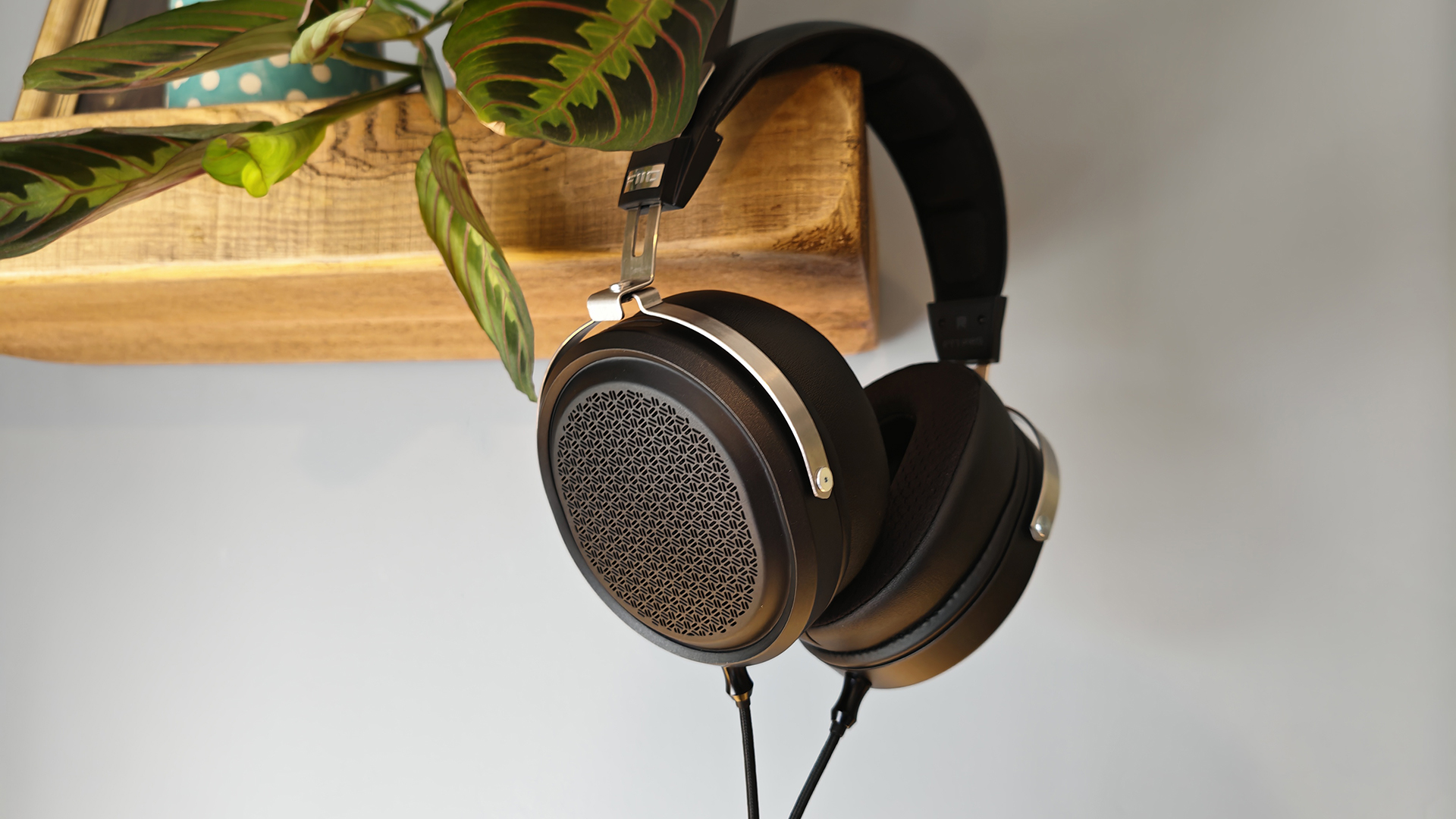Why you can trust Creative Bloq
For the last couple of years there has been a call for Wacom to move into tablet computing versions, so artists can work remotely and on the move. Now Wacom has released the Cintiq Companion, which comes in two flavours: a Windows and an Android version, both of which can be hooked up to your desktop or laptop to serve as a normal Cintiq. This review applies to the Android model.
On unpacking, the first thing you will notice is the hardware quality. Everything feels solid and well constructed, with high quality materials used throughout. The Cintiq comes with the same stand supplied with the Cintiq 13HD, which takes a little getting used to but works well at all of the three possible angles.

The tablet has a single, three-in-one connection with HDMI, power and USB cables. If you use Thunderbolt you will have to buy an adapter, which is a real shame as everything else has been thought of. The stylus comes in a small case, along with a selection of nibs, nib tool and different coloured collars. The case fits neatly into a tailored pocket in the supplied neoprene case. Setup is quick and painless with a decent guide, and it takes minutes to get up and running. Android setup is simple too and the unskinned OS is responsive and pleasant to use.

Installing Photoshop Touch and Autodesk Sketchbook Pro made the whole prospect of working on the move a real joy: there's no noticeable lag and the interfaces make complete sense. You can use your finger if you want, but the supplied stylus is a great tool. The surface of the tablet has just the right resistance for most tasks, but you can swap out the nib if you want more. The express keys can be customised to suit your working methods and software, in both Android and Cintiq mode.
This device works exactly as you would imagine when connected to a computer: there's no lag, and with one of the express keys set to Display Mode you can mirror your main monitor or run it as an additional screen, with the useful ability to swap at the click of a button.
Sculpting in ZBrush becomes as close to digital clay as possible, and working in Photoshop is hugely rewarding experience. Devices such as these are, I hope, the future for digital artists and designers.
Verdict
Wacom Cintiq Companion Hybrid
Score: 8/10
A couple of small teething troubles aside, the Cintiq Companion is one of the best input devices available for digital artists.
Daily design news, reviews, how-tos and more, as picked by the editors.
Uppers
- Fantastic build quality
- Accurate and intuitive
- Versatile
Downers
- Stand not to everyone's taste
- No Thunderbolt adapter
Words: Rob Redman
Rob Redman is a 3D artist and trainer with experience of all things CG.
This article originally appeared in 3D World issue 179 - on sale now!
Liked this? Read these!
- ZBrush tutorials: ways to paint and sculpt in 3D
- Top free 3D models
- The best 3D movies coming in 2014

The Creative Bloq team is made up of a group of art and design enthusiasts, and has changed and evolved since Creative Bloq began back in 2012. The current website team consists of eight full-time members of staff: Editor Georgia Coggan, Deputy Editor Rosie Hilder, Ecommerce Editor Beren Neale, Senior News Editor Daniel Piper, Editor, Digital Art and 3D Ian Dean, Tech Reviews Editor Erlingur Einarsson, Ecommerce Writer Beth Nicholls and Staff Writer Natalie Fear, as well as a roster of freelancers from around the world. The ImagineFX magazine team also pitch in, ensuring that content from leading digital art publication ImagineFX is represented on Creative Bloq.
